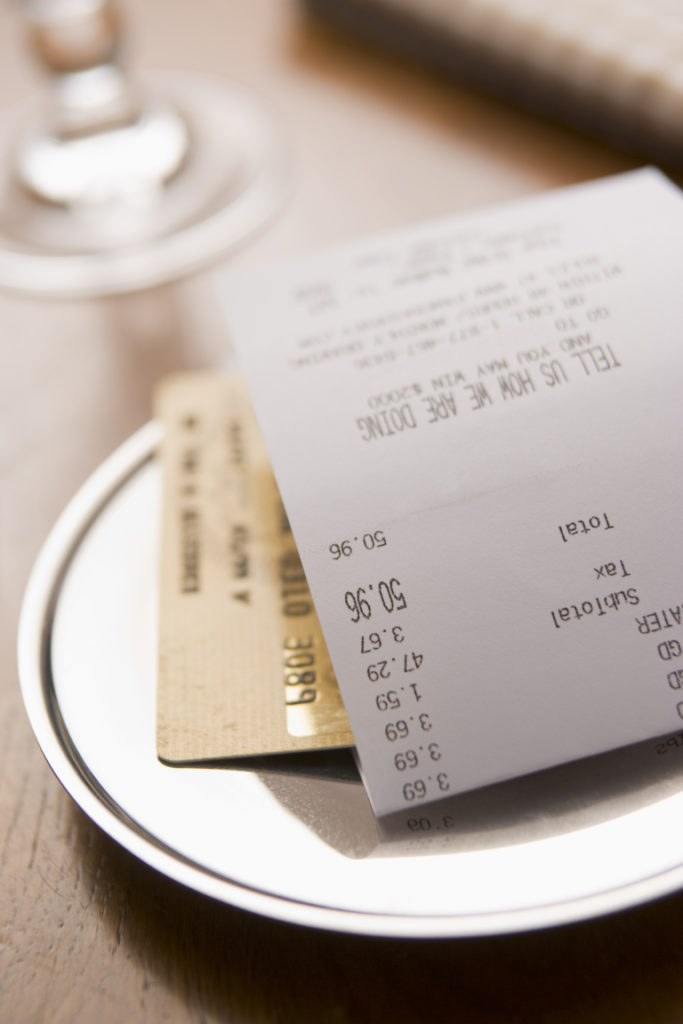The results of Zagat’s latest National Dining Trends survey for the United States sheds light on the country’s most generous tippers, most expensive dining cities and the biggest deal breakers that put off diners today.
For the survey, the burgundy guide asked 13,000 diners about everything from their spending habits to social media influences and dining do’s and don’ts. Here are a few highlights:
Nation’s biggest tippers
That distinction goes to Philadelphians, who tip an average of 20 percent, compared to the national average of 18 percent. Diners in Denver and Washington D.C. trail not far behind, at 19 percent. The trend to eliminate the practice of tipping, meanwhile, has the support of 43 percent of the country’s diners, while 33 percent are against the idea.
The power of Instagram and Facebook
If you’ve ever booked a restaurant after seeing photos of a seductive dish on a friend’s Facebook page or Instagram, you’re part of the 75 percent of food voyeurs in the Zagat survey who regularly do the same. The impact of mobile devices and social media on our dining experiences cannot be overstated: nearly half (49 percent) of respondents admitted to stopping their dining companions from eating so they could snap photos for their social media account.
Dining out
On average, Americans typically dine out about 6 times a week. That figure rises to 7 times a week for diners in Dallas-Fort Worth, followed by Orlando and Houston which trail not far behind. The city that dines out the least? Minneapolis, where the average is less than five times a week.
Biggest spenders
The most expensive city for dining in the United States? That would be New York, where locals spend an average of $46.14 (about P2,300) per person at a restaurant, followed by Boston, where the average restaurant meal clocks in at $41.54 (about P2,000). The national average is $36.40 (about P1,800).
Dining pet peeves
As for the biggest dining turn-offs, that would be noise (the biggest grievance among nearly a quarter of respondents), followed by poor service (23 percent), crowds (15 percent), high prices (12 percent) and parking (10 percent). Restaurateurs take note: Diners are likewise not fond of backless chairs and stools. Other deal breakers include cash-only policies, communal tables, no-substitution policies and reservation-only policies.
Food and travel
More than half (56 percent) said they’ve been known to eat multiple meals during a trip to squeeze in all the locale’s must-try dishes. A similar percentage have also said they would travel up to 30 minutes for the prospect of a good meal, while 20 percent said they’d be willing to travel a few hours and 13 percent said they’d hop on a plane. The most committed foodies, those willing to travel a few hours, hail from Orlando, Chicago and Nashville. JB
RELATED STORIES:
Double jackpot: Elderly husband, wife win $1 million each months apart
Alcohol consumption in US dropped for second year straight in 2017, says report


